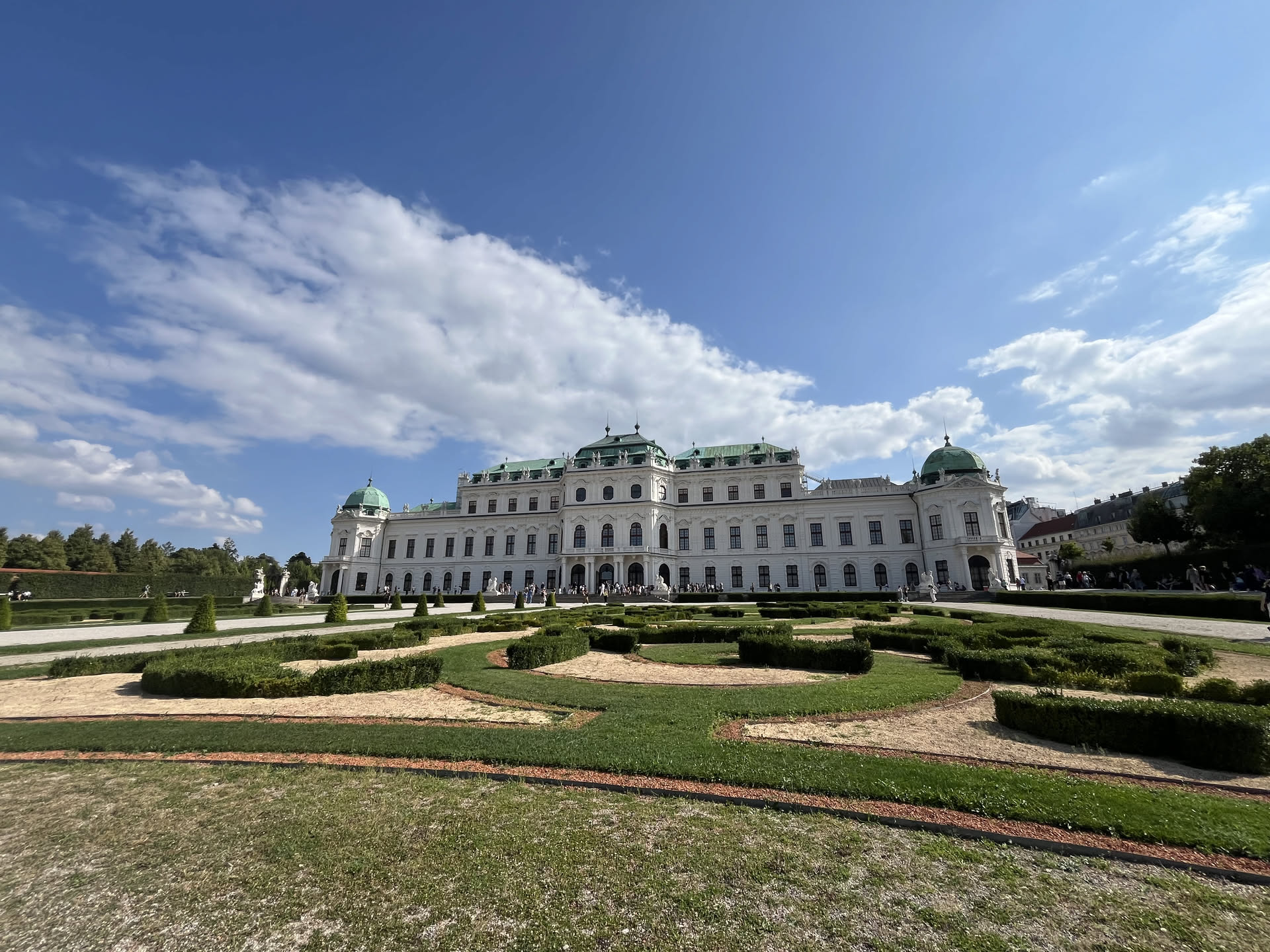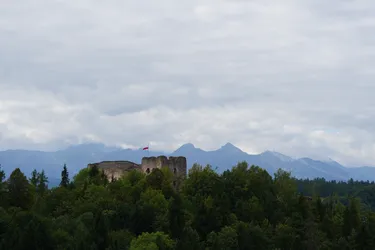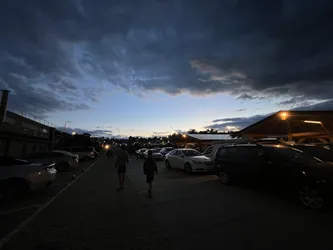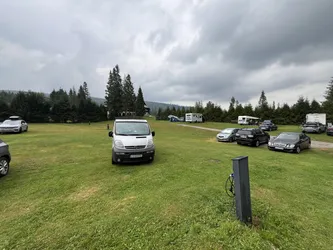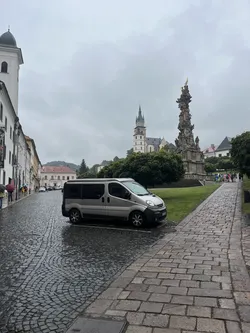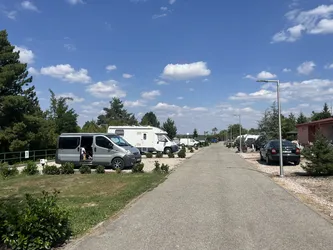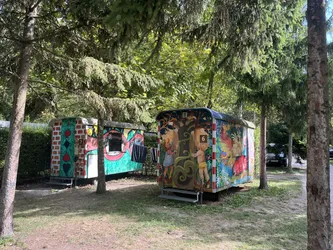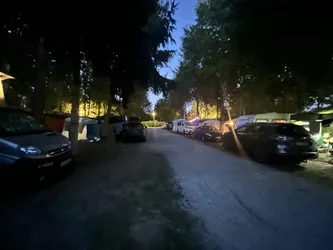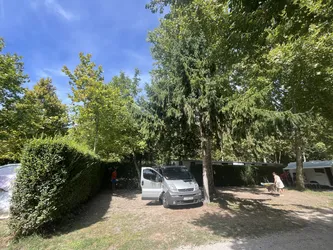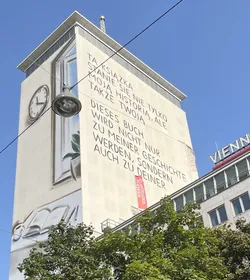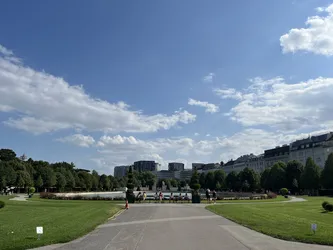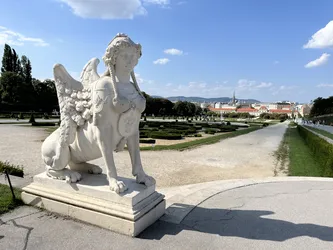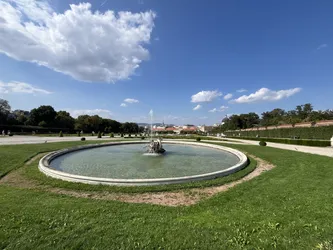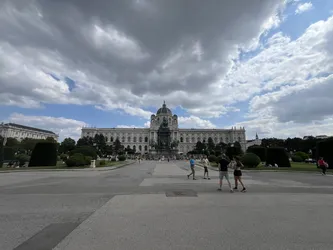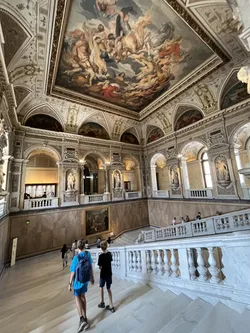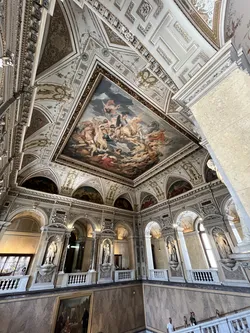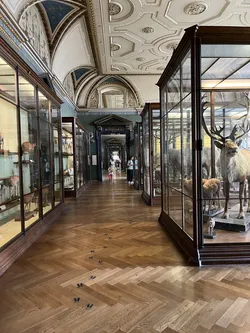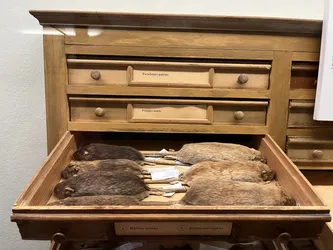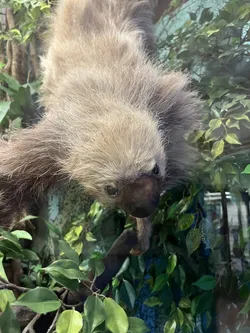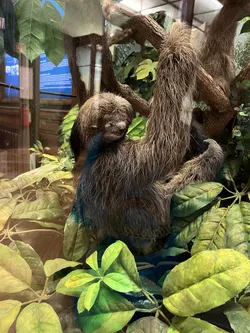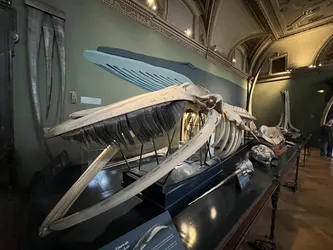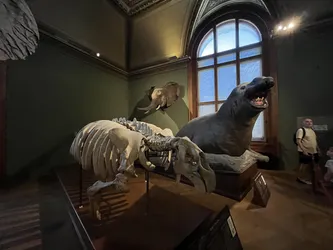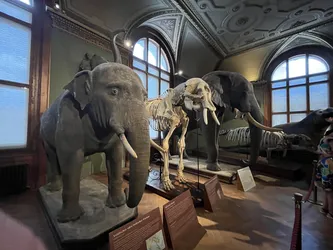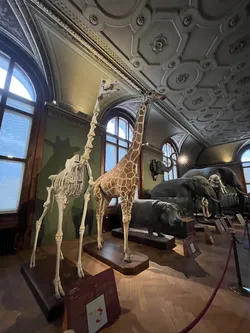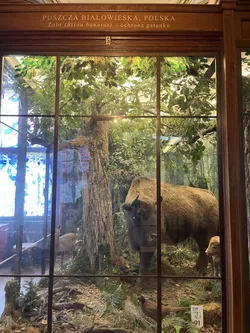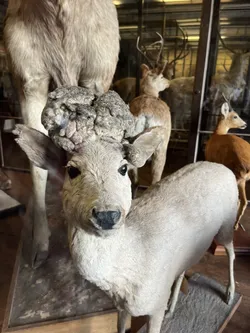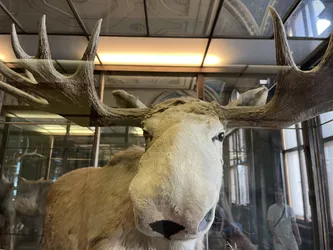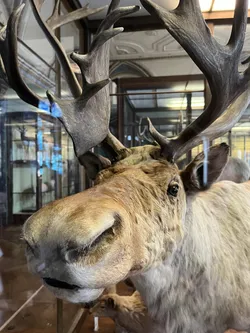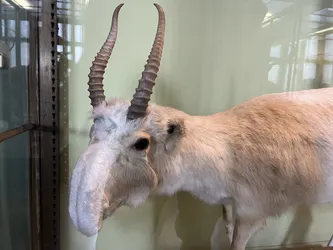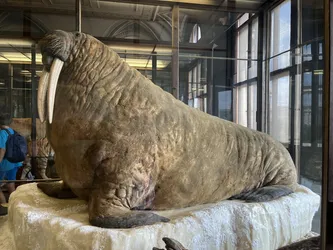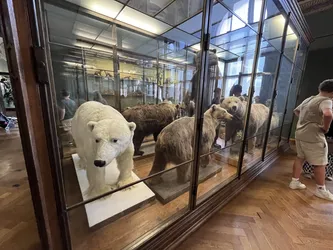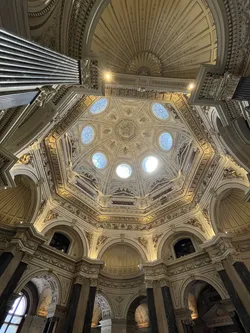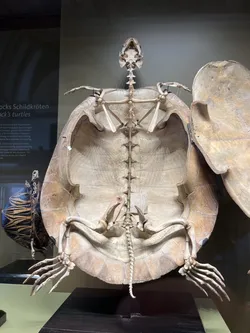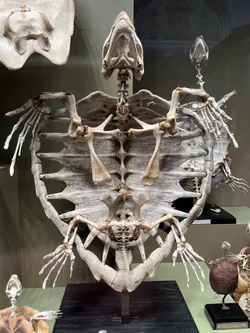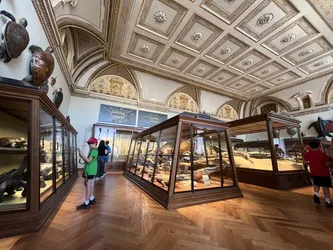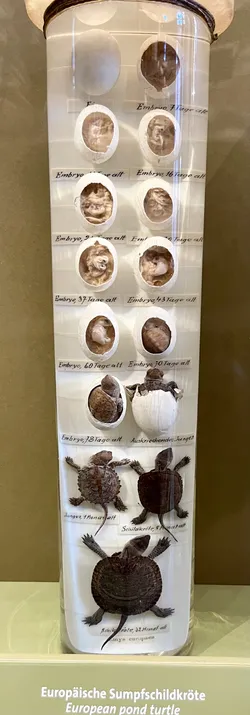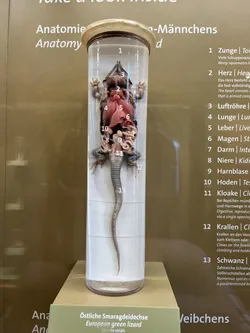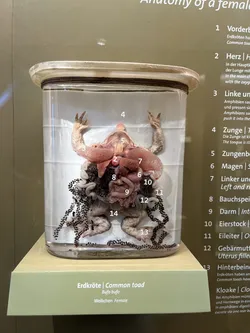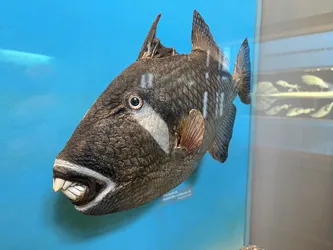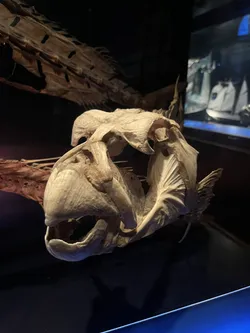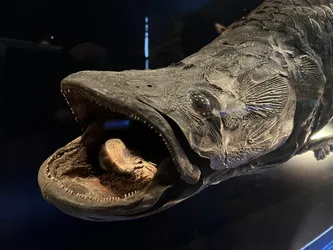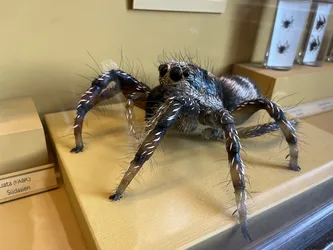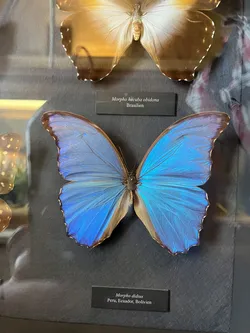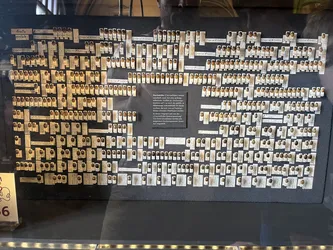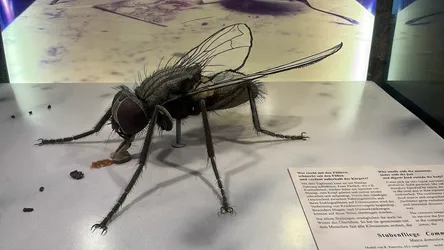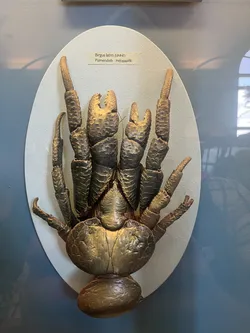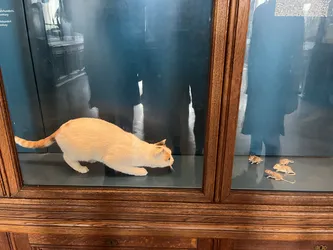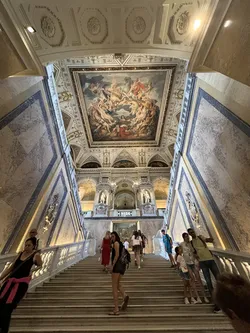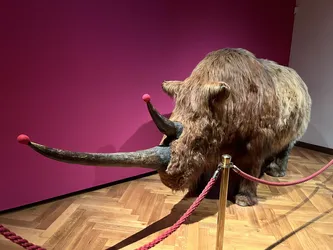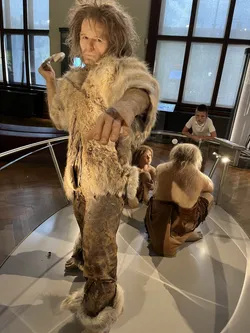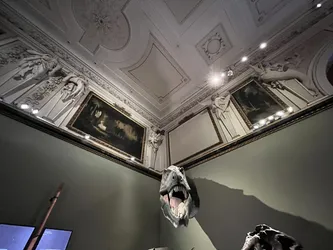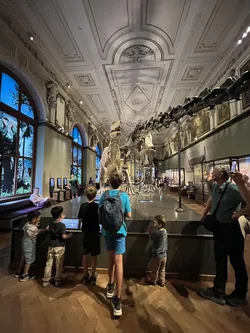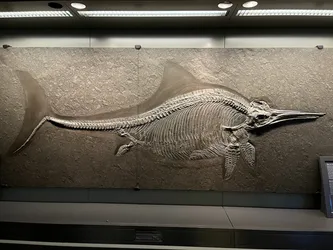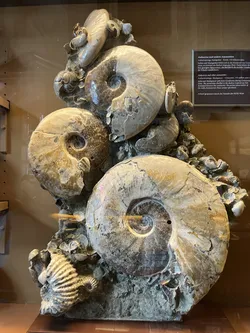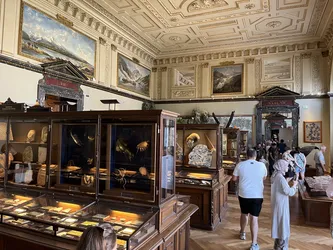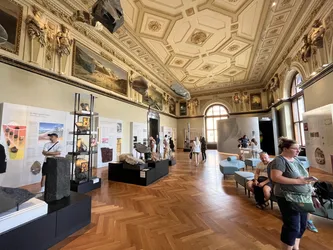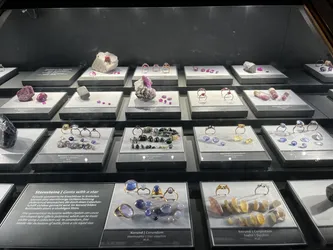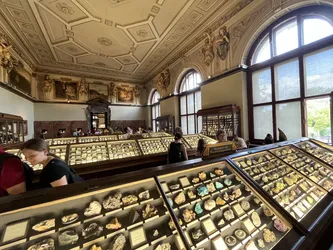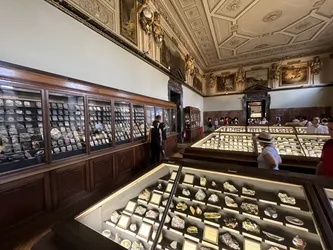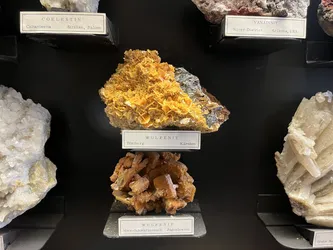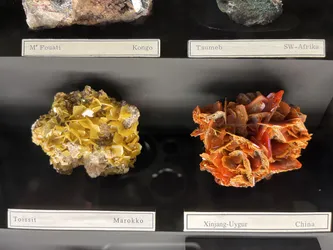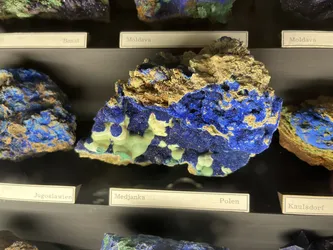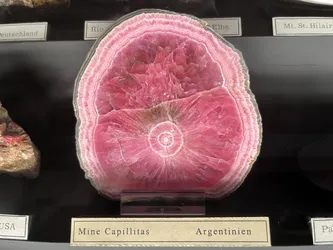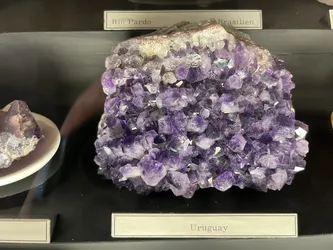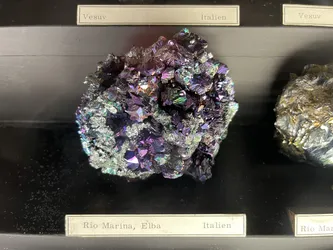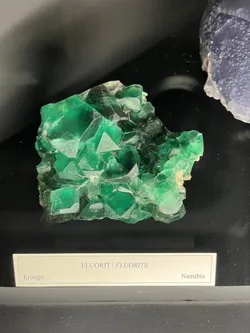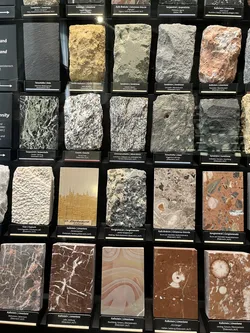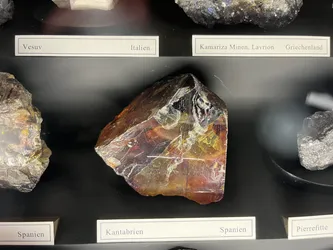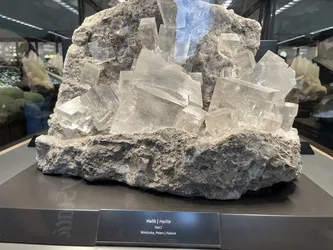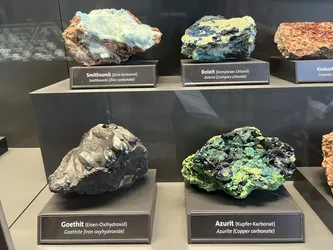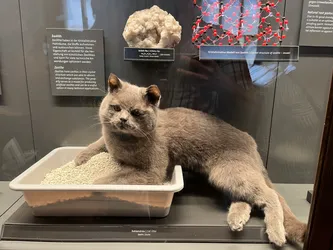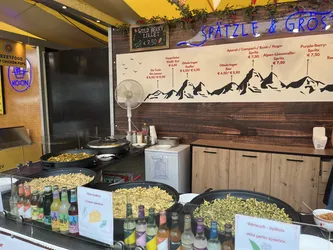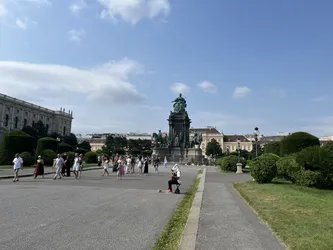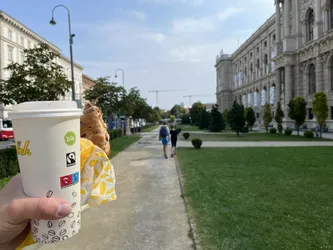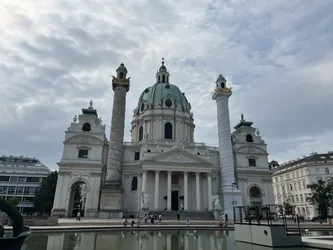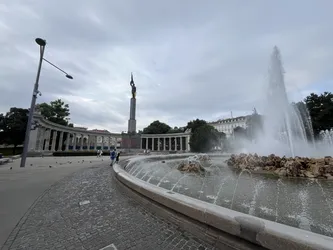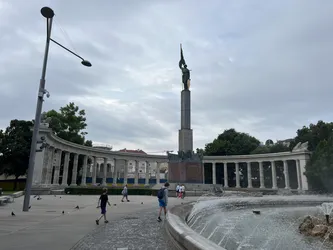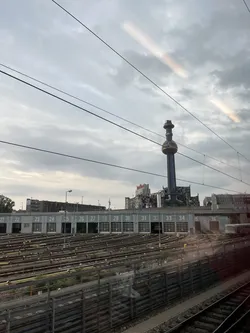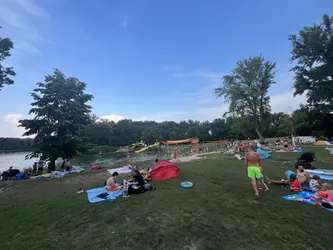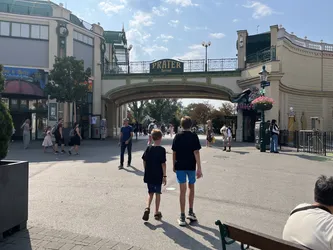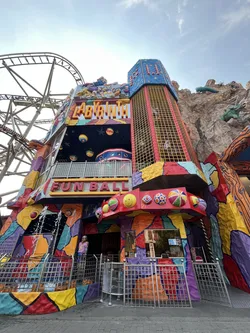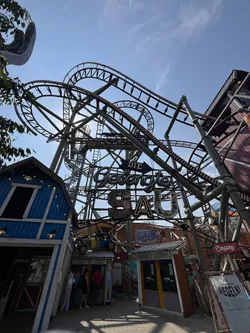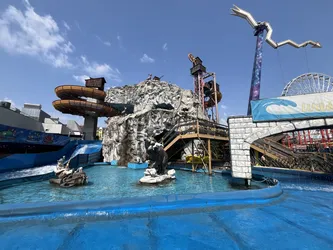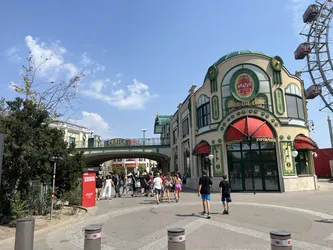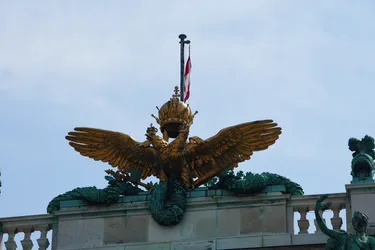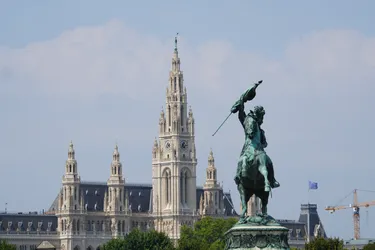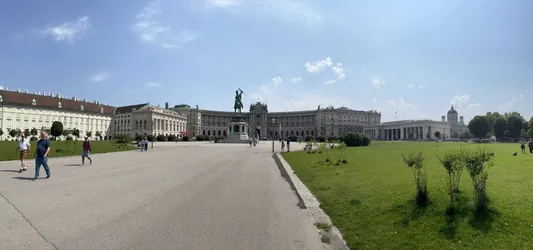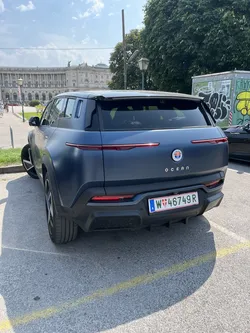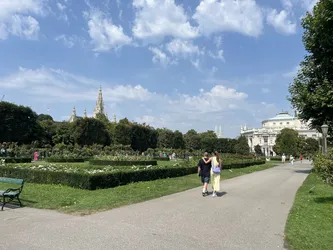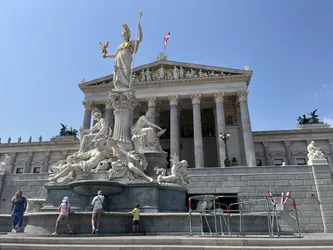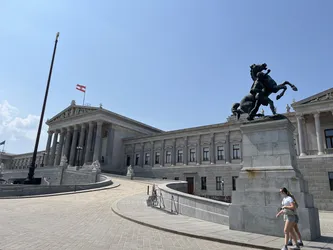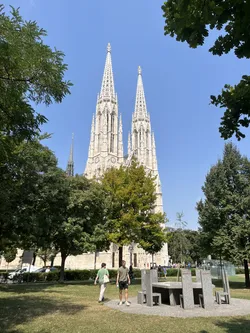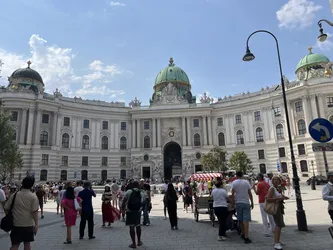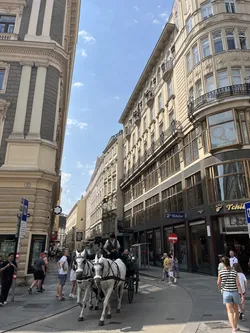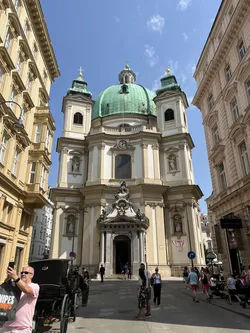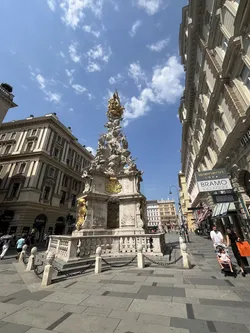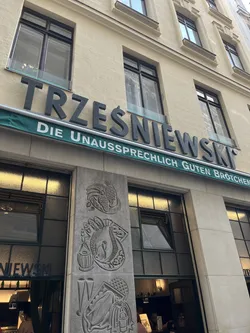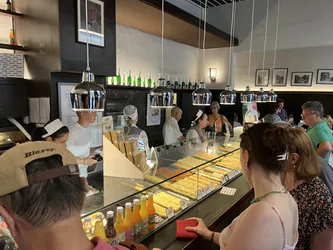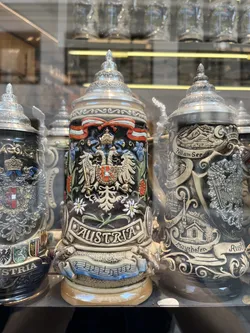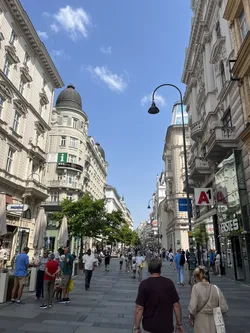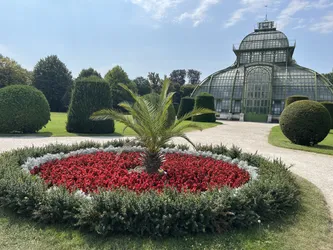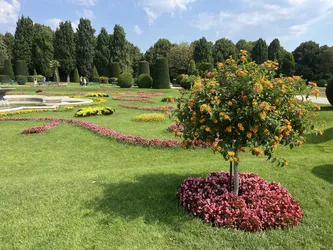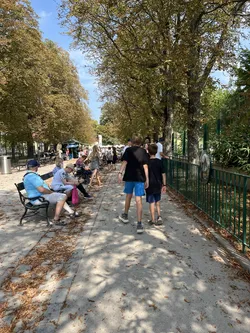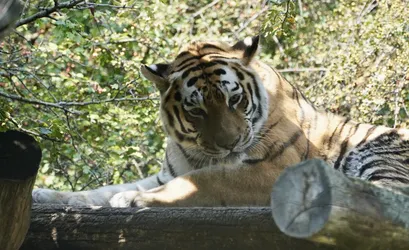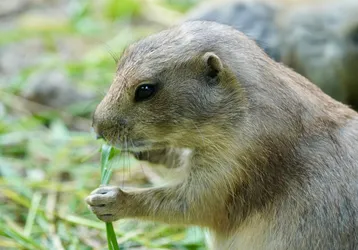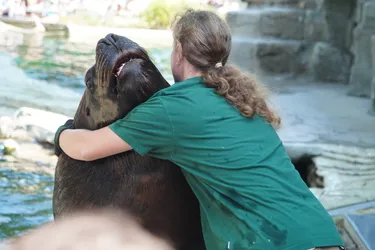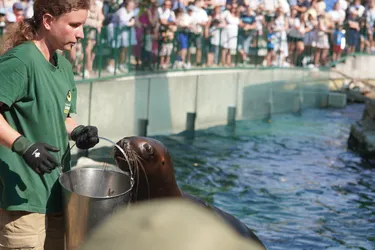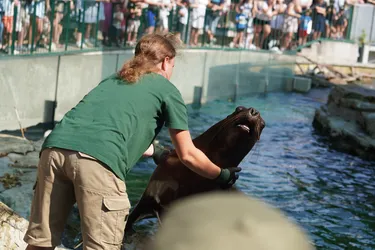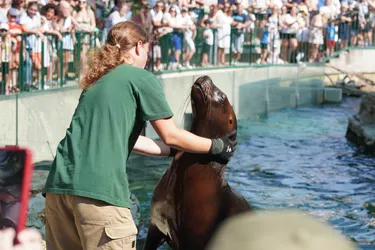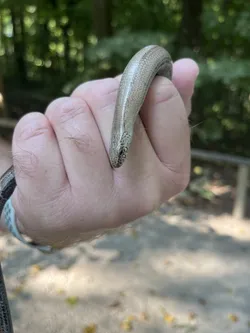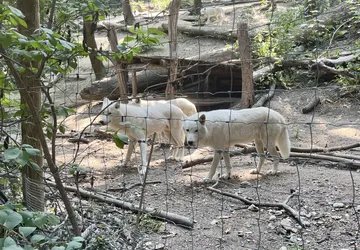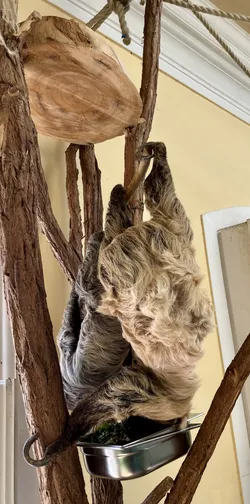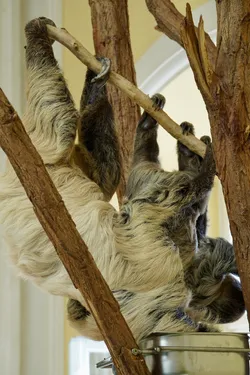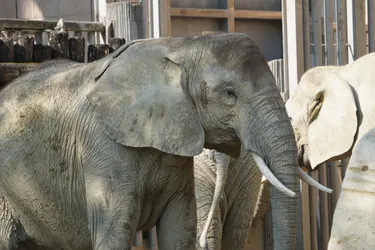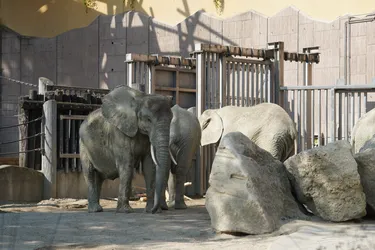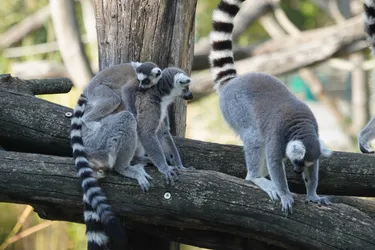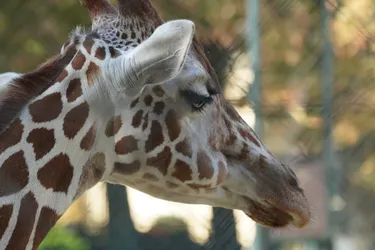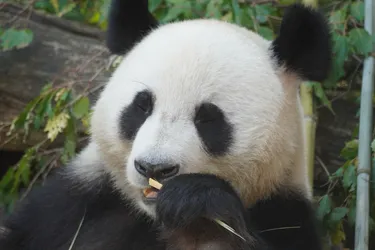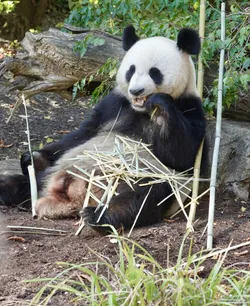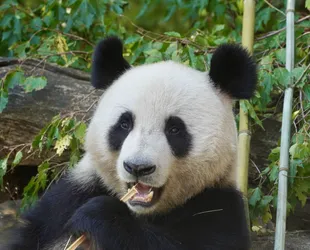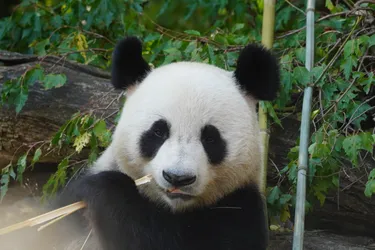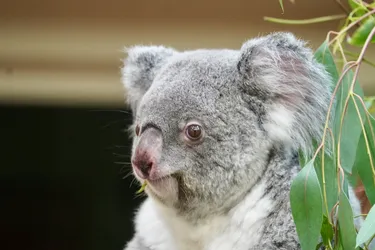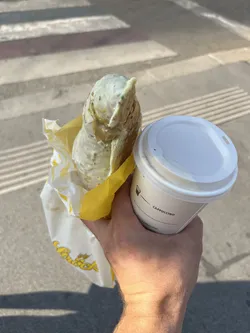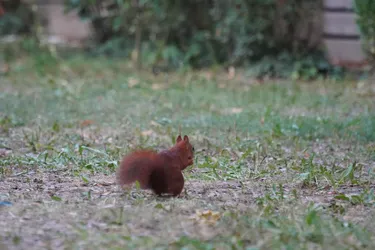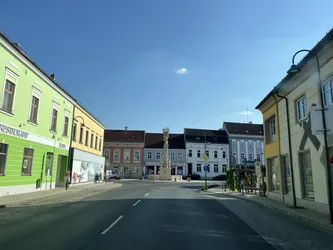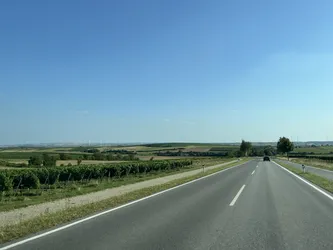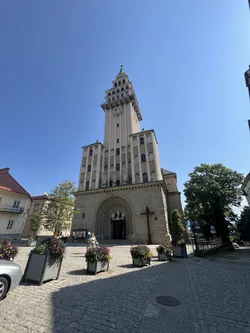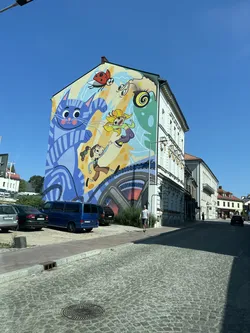Austrian Elegance, Hungarian Heat
This was our final summer trip of the year. Originally, we planned a short getaway to Hungary to stock up on Erős Pista and Pikáns pacalpörkölt, and relax at a campsite with an aquapark. In the end, unfortunately, we couldn’t replenish our supplies as planned—our visit coincided with Hungary’s national holiday St. Stephen’s Day, commemorating the founding of the Hungarian state. Most shops were closed, and our pantry dreams were dashed. On the bright side, we indulged in freshly baked lávás and kürtőskalács—not quite what we came for, but delicious nonetheless.
Our first day of trip was spent driving and searching for a campsite with vacancies. It turned out Austria was celebrating a holiday too, and everyone was out enjoying the break. We found a spot in Tulln, with a convenient train connection to Vienna. The campsite was right by a lake, where we unwound in the evenings after two full days of exploring the city.
I’m not fond of big cities. I usually avoid them. But Vienna felt different from the start. As I read about its attractions, it seemed more inviting. Memories of eight years of German classes in school resurfaced—though I remembered almost nothing, and even basic phrases were a challenge.
Vienna surprised me. It was the first large city that didn’t overwhelm me. I felt genuinely comfortable and safe there—so much so that I wanted to get lost in its streets, admire its stunning architecture, taste local specialties, and sip coffee in quiet corners.
On our first day in the city, we made the most of the sunshine with a visit to Tiergarten Schönbrunn—the world’s oldest operating zoo, founded in 1752 by Emperor Franz I as a private imperial menagerie. It opened to the public in 1778 and now hosts over 700 species in beautifully landscaped enclosures. We were enchanted by the arctic wolves, whose piercing eyes and quiet grace captivated us; the giant pandas, lounging peacefully in bamboo-filled habitats; and the sloths, whose slow-motion charm made them oddly mesmerizing. The zoo’s blend of history, conservation, and immersive design made it a highlight of the trip.
In the afternoon, we headed to the Prater, once an imperial hunting ground until Emperor Joseph II opened it to the public in 1766. It evolved into a vibrant amusement park, home to the iconic Riesenrad since 1897. The park offered a mix of nostalgia and thrill, and my sons especially loved the water attractions—splash zones, log flumes, and mist tunnels that turned the hot afternoon into a playground of laughter and soaked clothes. The Prater’s blend of history and fun made it a perfect stop for all of us.
Getting around Vienna was surprisingly easy. The public transport system—trains, trams, and the U-Bahn—offered a unique experience, shifting between underground, surface, and elevated tracks. The metro’s roots go back to the Stadtbahn of 1898, and its modern form began in 1978. Riding it felt like traveling through layers of history, with each station offering a glimpse into the city’s evolving identity.
The next day began with Mass at the Kościół Polski w Wiedniu, followed by a visit to the Naturhistorisches Museum Wien. Its mineralogy collection alone boasts over 168,000 catalogued specimens, with dazzling displays of crystals, fossils, and meteorites. We wandered through halls filled with taxidermied animals, preserved specimens in formalin, and geological wonders from around the world. Each exhibit was meticulously labeled with origin, classification, and historical context—turning the museum into a treasure trove of natural history.
We continued exploring Vienna’s architectural gems—churches with ornate facades and quiet chapels, cathedrals that soared into the sky, the stately Rathaus with its neo-Gothic spires, the grand Parlament building inspired by Greek architecture, and the elegant Belvedere, once the summer residence of Prince Eugene of Savoy. Each corner revealed something new and beautiful—hidden courtyards, fountains, and sculptures that made the city feel like a living museum. I could’ve stayed much longer just to soak it all in.
The following days returned to our original plan: I worked remotely (a true workation), while my sons enjoyed aquaparks at campsites in Hungary and Slovakia. In Hungary, we stayed at Lipót Thermal Camping—a peaceful and well-kept spot with direct access to the thermal baths. The pools were clean, the atmosphere relaxed, and the whole place felt like a hidden gem. In Slovakia, we tried Kemping Podhájska, located near the popular thermal park. It was decent overall, though the water was unexpectedly cold due to a technical issue at the thermal complex. Our final stop was Chochołowskie Termy in Poland—an experience we won’t be repeating. The facility had let in at least five times more people than what felt comfortable, turning what should’ve been a relaxing soak into a crowded, noisy ordeal.
The trip may have started with spicy intentions, but it ended with a taste of imperial charm and a few splashes—some better than others.
Map of this trip:
